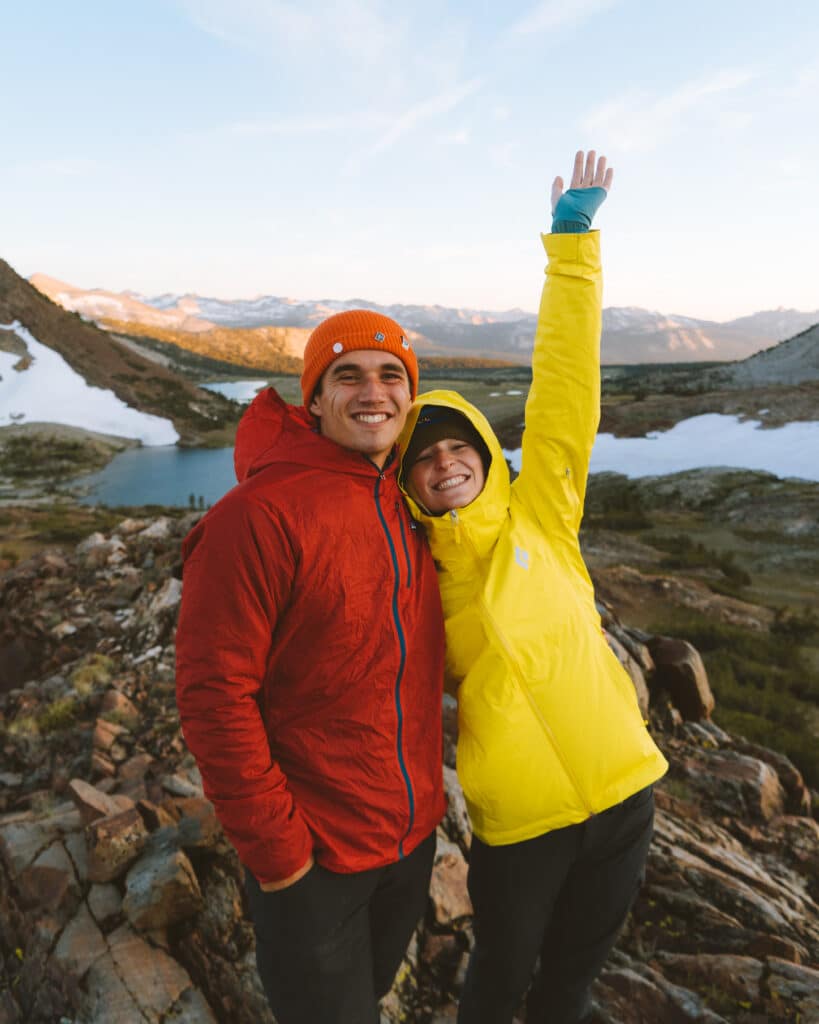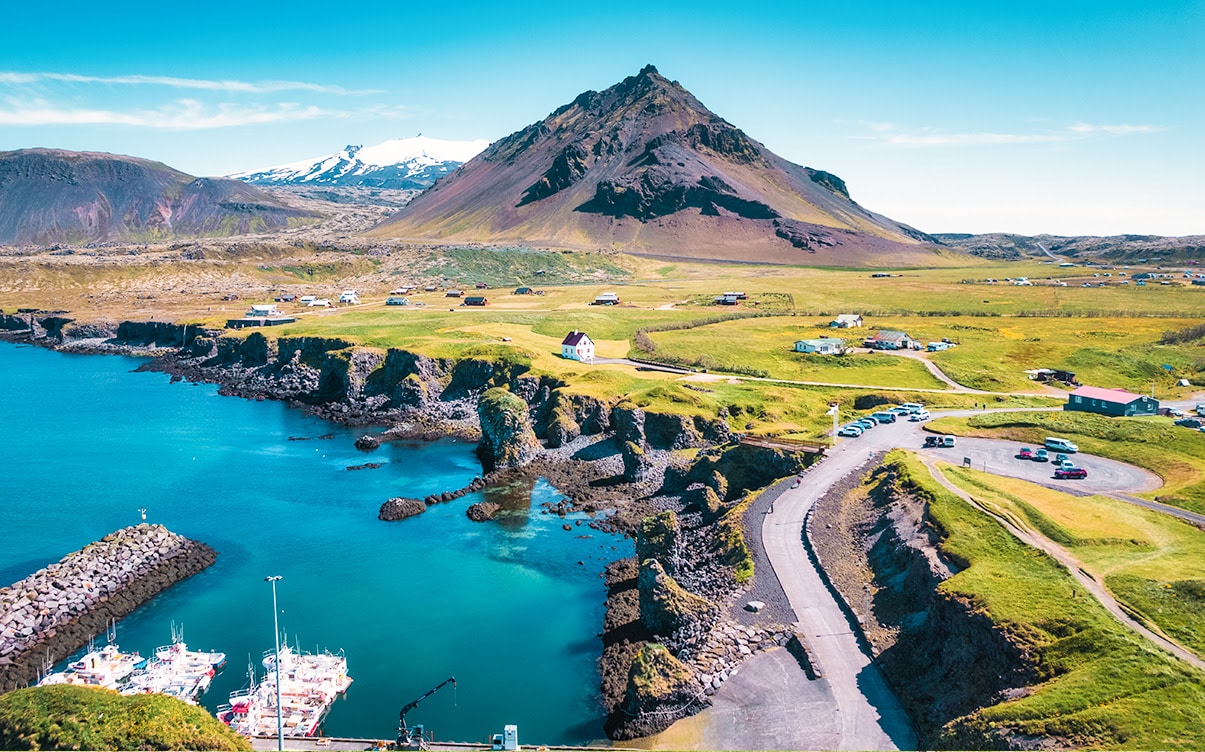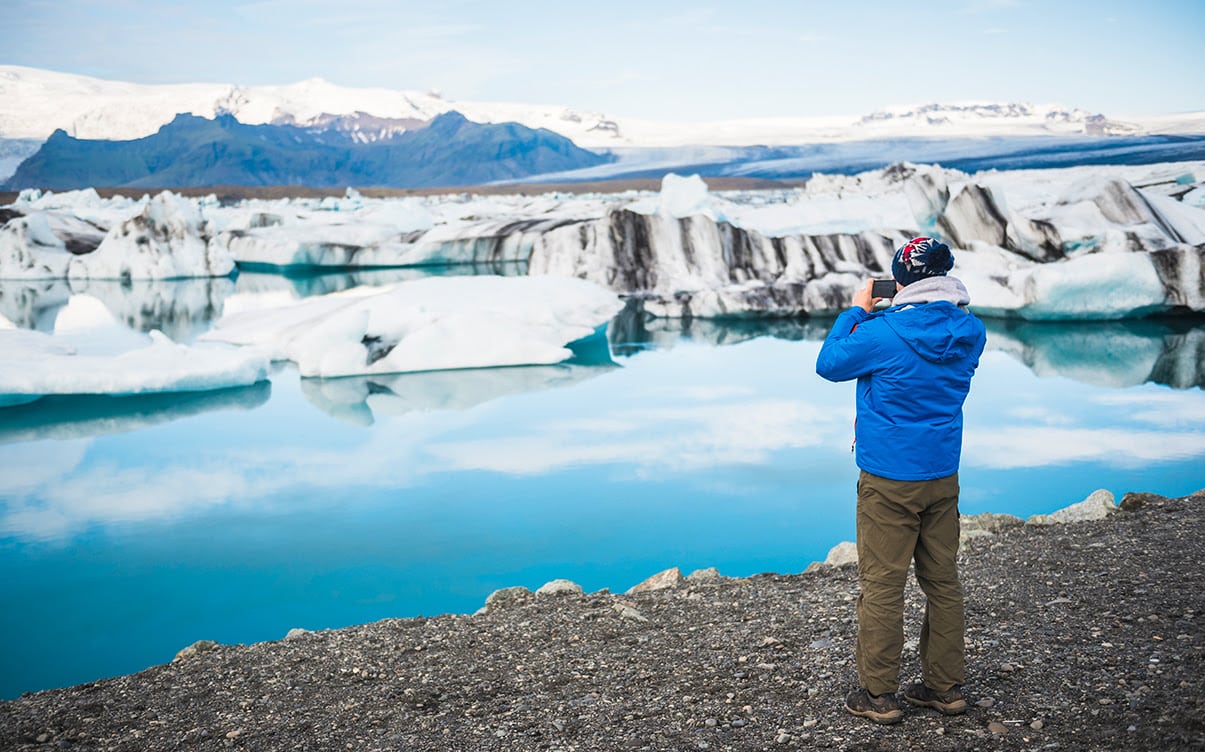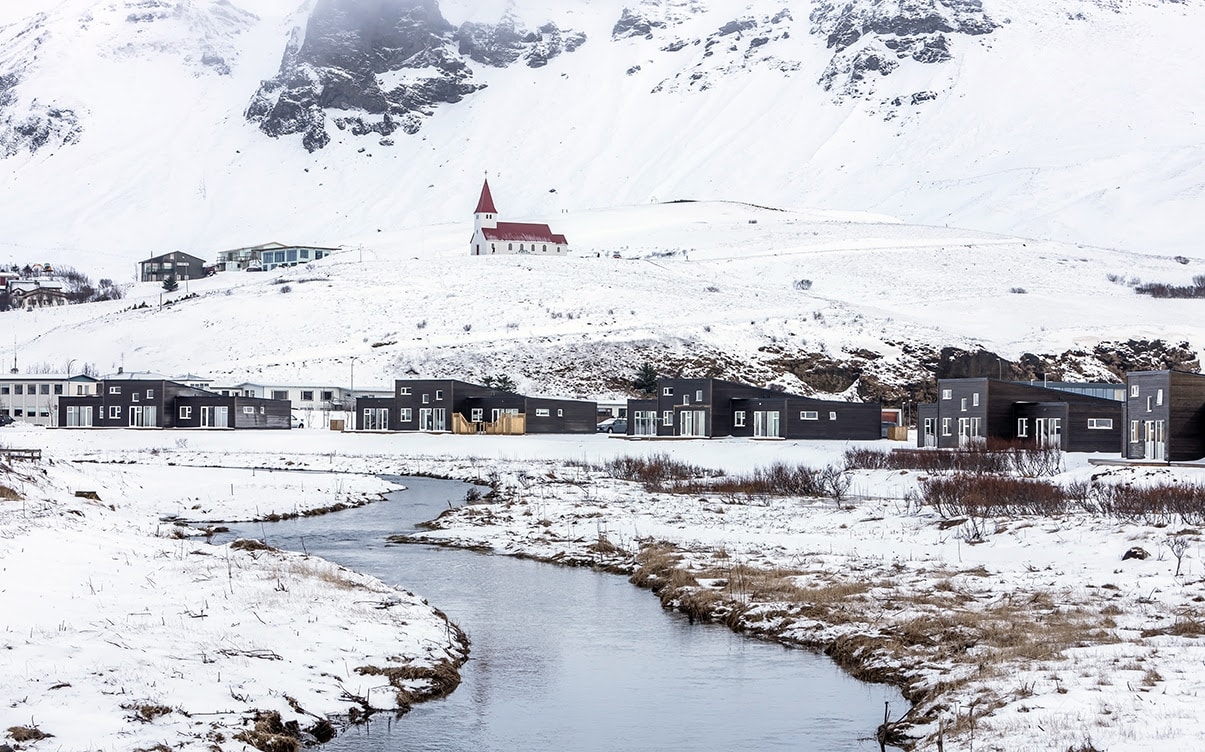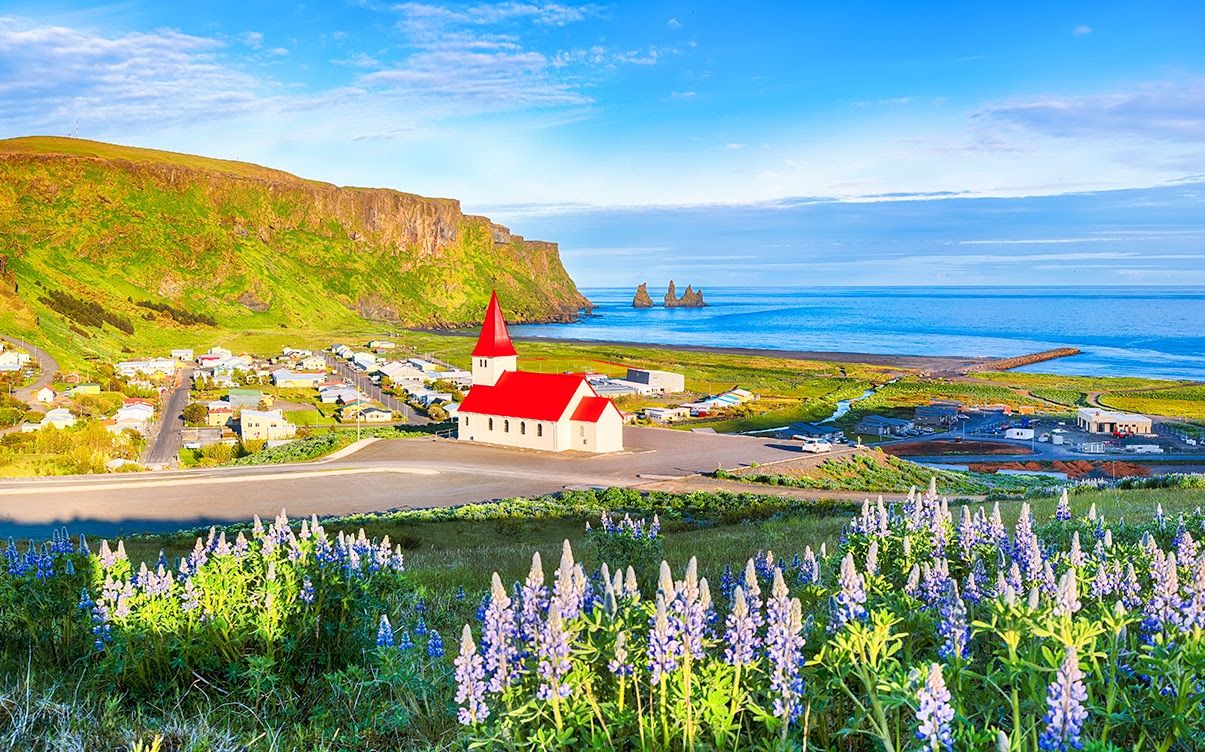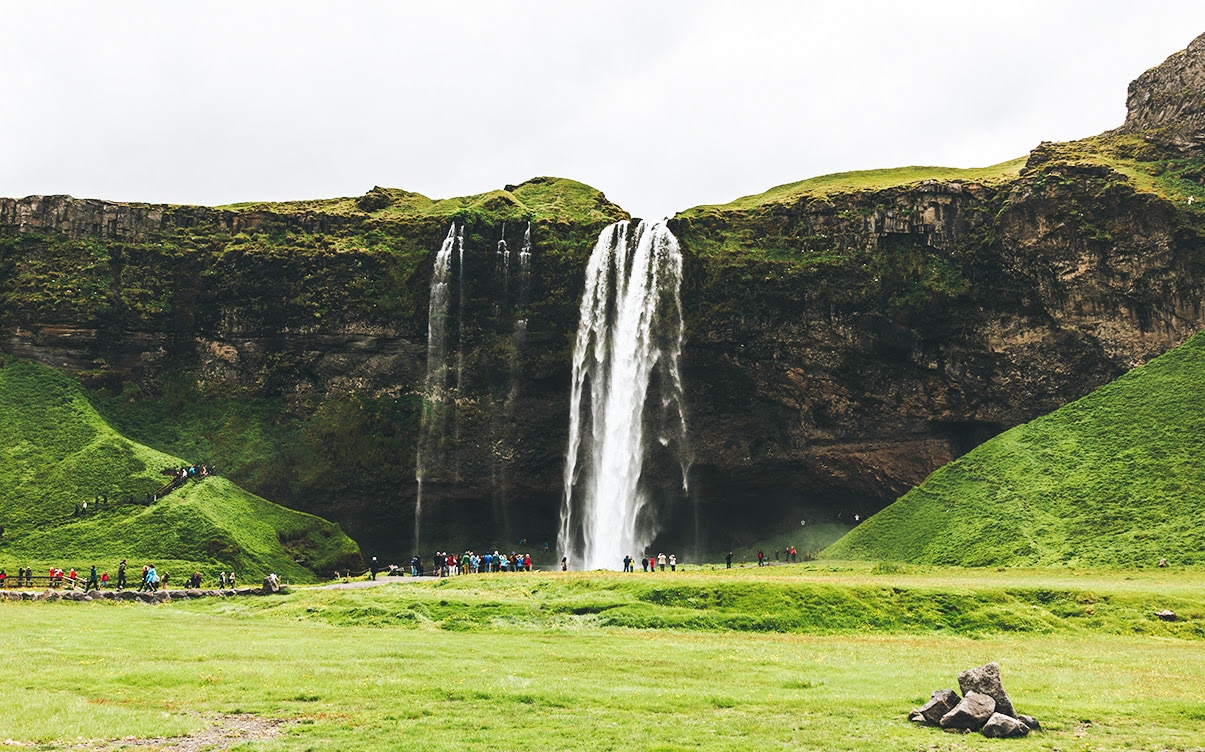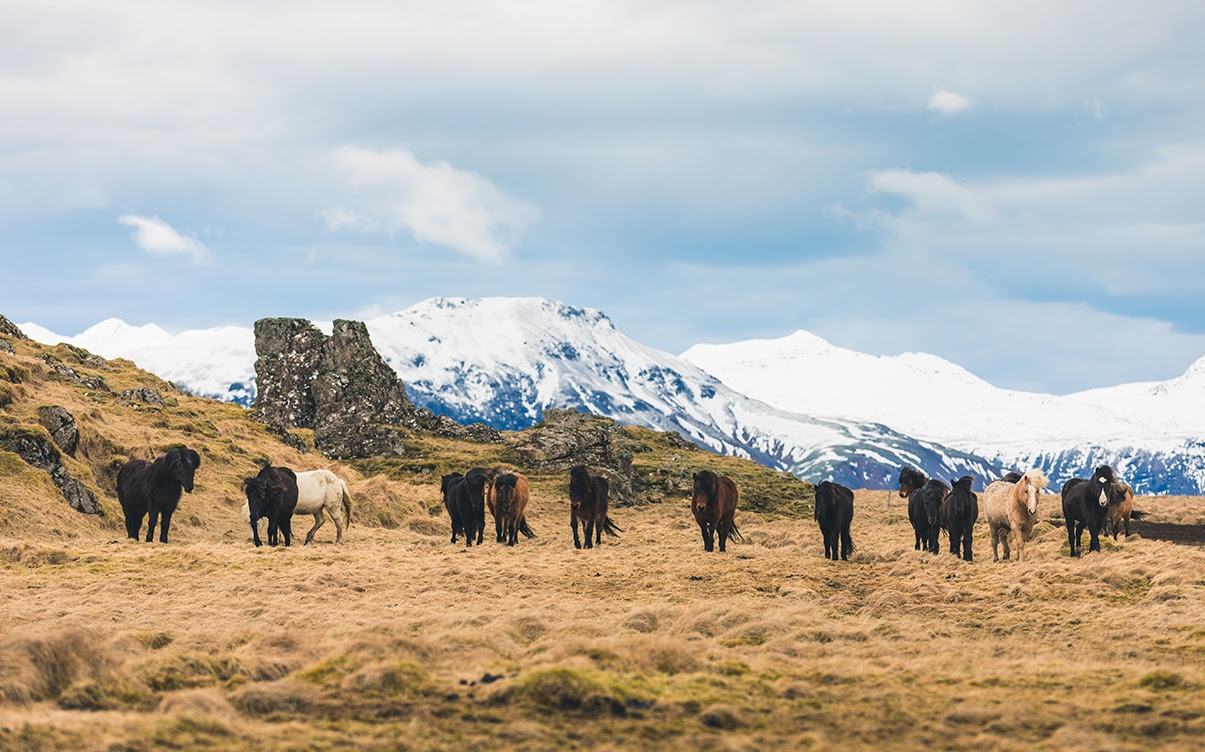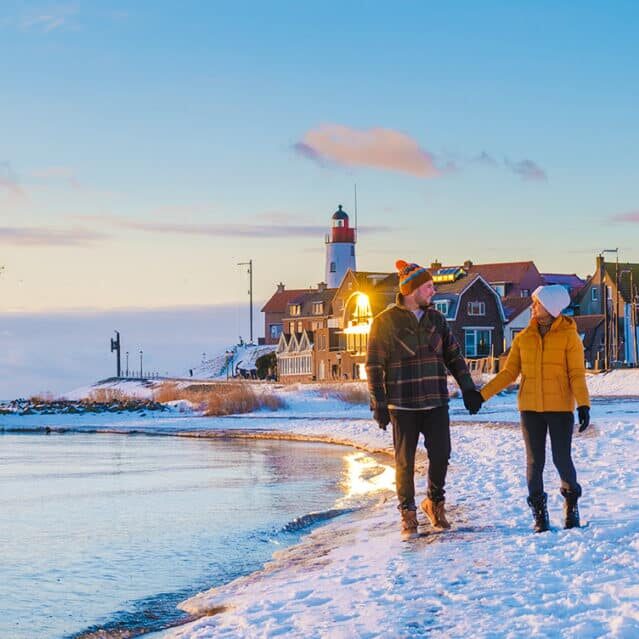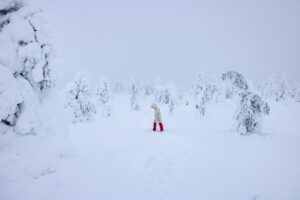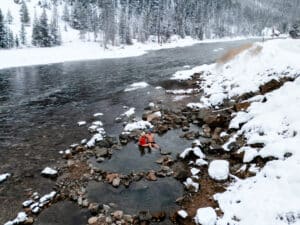FAQ: Which Months Are Best (and Worst) to Visit Iceland?
Disclaimer: This post may contain affiliate links. Please see our Disclosure Policy and Advertiser Disclosure for details.
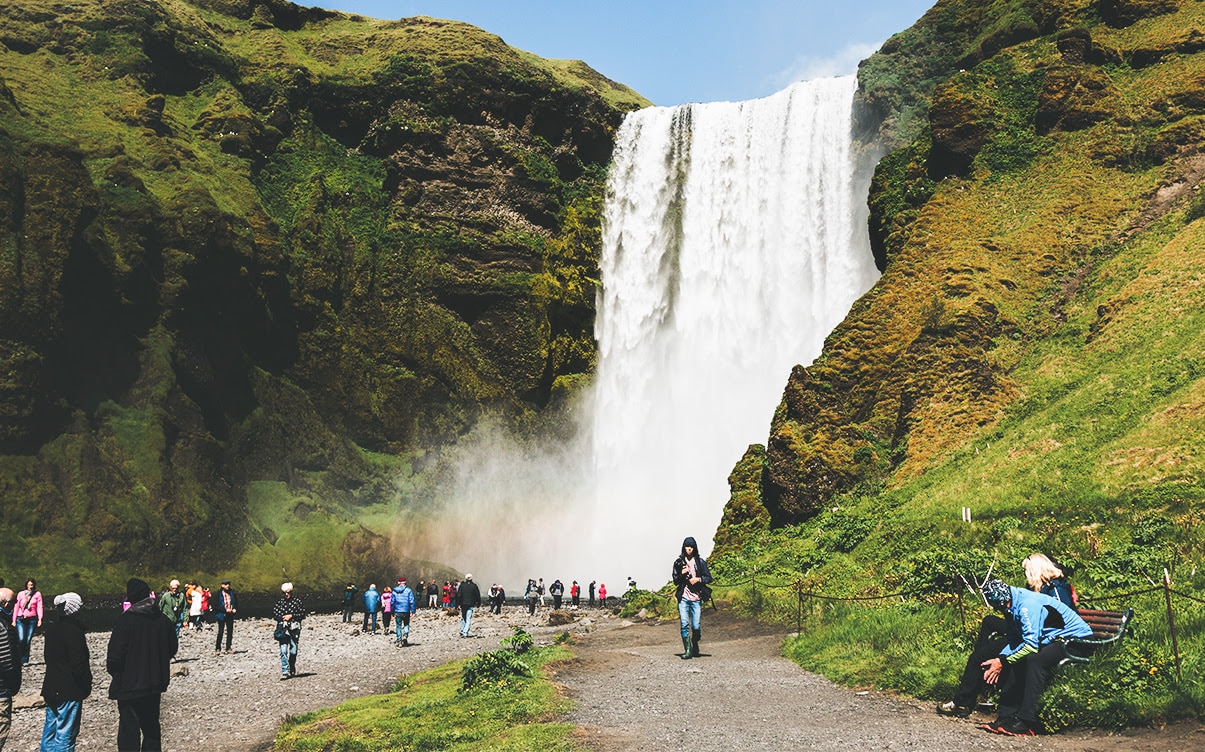
Iceland is a country known for a wide variety of adventures and experiences, from green meadows and rolling hills to inactive – and active – volcanoes to waterfalls just off the ring road. There’s something for everyone to see and do, as long as you aren’t expecting tropical weather and scuba diving with sharks. For that, you’ll need to go to warmer climates.
Truthfully, you probably already know if you want to visit Iceland. It’s the kind of place that has an attractive and unique allure that draws in people from around the world and keeps us coming back. We’ve visited multiple times at different times of the year, so we’re ready and able to answer your questions about when the best (and worst) times to visit Iceland are. Let’s get right to it!
What Are the Seasons in Iceland?
First, let’s talk about the seasons. Iceland is quite far north, almost but not quite above the Arctic Circle. Only parts of Greenland, Canada, Alaska, Russia, and the northern parts of Finland, Sweden, and Norway are further north (plus a bunch of scattered islands and the north pole, of course).
Since Iceland is in the northern hemisphere, their seasons are rather similar to our own here in the USA. The difference is, due to the tilt of the earth, the seasons skew harder and the difference between the longest days of summer and the shortest days of winter is much more extreme.
Winter in Iceland is the stretch of time between October and April. High temperatures tend to be in the 30s and 40s. The days are quite short; October can expect around 9 hours of daylight, while the peak of winter in December and January is only around four hours of daylight. It’s not quite “30 days of night” levels of darkness, but it’s fairly extreme for people used to lower latitudes.
Summer, meanwhile, is the opposite. Summer in Iceland stretches from June through the early days of August. During this time, the temperatures are often in the mid-60s. Dayline is much more extreme, with “midnight sun” lighting the horizon all day and 20-22 hours of daylight to experience.
Unlike tropical islands we often write about, Iceland has truly different seasons, a summer and a winter, just like our own. Summer is green and gorgeous; winter makes the name Iceland apropos. And, unlike those tropical destinations, Iceland’s seasons have a true fall and spring, not just transitional shoulder seasons.
As you can expect, spring (in April and May) and fall (in August through October) are midway between summer and winter. Daylight, temperatures, and weather are transitional in these periods.
For some of you, this information alone is enough to help you decide when you want to visit Iceland. For others, the decision is more complicated, so we’ll go into greater detail to help.
What Are the Benefits of Visiting Iceland in the Winter?
First, let’s talk about winter. You probably heard the trivia growing up that Iceland and Greenland were effectively name-swapped and that Iceland was the lush, green land, while Greenland was the barren, winter wasteland. The truth is, both of them are a great mixture of green in the summer and snow in the winter.
If winter sports and activities are your thing, Iceland can be a great place to visit during the colder months. Their massive dormant volcanoes have some incredible skiing opportunities, you can travel all over on a snowmobile, and you can even go dog sledding. There are some very cool glacial tours and even some fantastic ice caves you can visit and explore.
Another excellent activity is the possibility of seeing the northern lights. We’re currently at the peak of the current solar cycle, and aurora activity has been astonishingly high, so the sooner you can book a trip to visit, the better. Unfortunately, there’s never a guarantee that you’ll see the lights in the sky. Sometimes, it’s too overcast, sometimes the solar forecast just doesn’t allow for it, and sometimes, they come and go in a flash. Still, if you get the chance to go out to one of the darkest places in the world and see everything lit up in vibrant greens, bright purples, and swirling colors from space, it’s an unforgettable experience.
Have you ever been up before dawn but in a position where you can be leisurely with it? Given the chance to sit on a patio or in a café, enjoying a coffee or breakfast and watching the sun rise before the world wakes up? Conversely, spending time in the sunset, as the world turns colors, the light dims, and the nightlife awakens? These are the “golden hours” of transition between day and night. Well, with the slowing of the days in winter, Iceland’s golden hours can be just that: hours.
Additionally, one of the best experiences you can have in Iceland – the hot springs, especially spas like the Blue Lagoon – are absolutely incredible in the winter. Stepping from a frozen temperature into a balmy hot pool and soaking is incredible for the mind and the body.
On a tourism level, winter is also a harsher season, so it’s the less visited season. Fewer people are booking trips, so everything from flights to hotels to tours is cheaper. You have a lot less competition for anything you want to be doing.
Longer nights also mean much more nightlife if that’s the kind of lifestyle you lead. We’re usually more into exploring national parks than bars, but it’s worth mentioning.
What Are the Drawbacks of Visiting Iceland in the Winter?
Visiting Iceland in the winter isn’t necessarily all it’s cracked up to be, unfortunately. While the experiences you can have are bound to be incredible, there are also potential issues along the way.
The biggest is the weather. It’s cold, it can be snowy, and it can even be blizzard conditions. Driving roads other than the ring road – and even some sections of the ring road – can be hazardous. More than that, though, the weather can lead to rescheduling and even canceling the tours and other adventures you’ve booked. It’s not that it’s unpleasant, either; trying to tour a glacier during a blizzard or drive to an iconic beach on ice-covered, invisible roads is actively dangerous to your health and well-being.
There’s also the simple fact that, with just a little over four hours of daylight on average, there’s a pretty good chance that you’re going to feel like you’ve done nothing. For outdoor adventurers like us, being limited in the things you can do outside (and it’s hard to see the sights after dark) can be challenging. There’s a lot to see and do in the cities themselves, but that’s rarely the biggest reason people visit a place like Iceland.
Sometimes, too, the weather can be very cold. Expect to be bundled up. For people who love summer and hate the winter, definitely look elsewhere for your winter getaway. Might we suggest French Polynesia?
What Are the Benefits of Visiting Iceland in the Summer?
Summer in Iceland is exactly what people talk about when they say it’s a green and verdant paradise that the Vikings intentionally misnamed to hide and keep for themselves. Bright blue skies filled with fluffy clouds, rushing waterfalls and steaming lakes, green foliage, meadows, mountains, wildflowers, and all the nature you could ask for, bright and alive on all sides.
The biggest benefit of summer is the weather. It’s pleasantly crisp without being chill, but it falls well short of being too hot to enjoy. Sure, the occasional storm rolls through, and not every day is sunny and amazing, but when you think of those pastoral spring days from your childhood, the idyllic weather you idolize, that’s what Iceland in the summer is like.
The second benefit of Iceland in the summer is the sun. The midnight sun means that you have virtually unlimited time to explore anything and everything out of doors you could possibly want to do. If you’re visiting during early or late summer, there will be an hour or three of darkness, but not a whole lot more; peak summer means it gets a little gloomy at midnight, but it’s never truly dark.
For outdoor adventurers like us, this is the perfect time to visit. What more could you possibly ask for?
There’s also the fact that some areas, like the highlands, certain glaciers, some volcanoes, and more, are only accessible during the summer. They get snowed in and become inaccessible during the winter, so if you want to see them, you have to visit during the summer.
You don’t have to worry about being snowed out – though rain can be an issue – and your options are broader. Summer festivals, events, and other options are available all summer long. You also virtually never have to worry about a road closure or other block, short of a freshly erupting volcano.
If wildlife is your thing, summer is also a better chance to go to see creatures like puffins, local whales, and more.
What Are the Drawbacks of Visiting Iceland in the Summer?
There actually aren’t a whole lot of problems with visiting Iceland in the summer, and most of the ones you’re likely to experience are because of that fact.
First of all, summer is so beautiful, so gorgeous, so attractive, that everything is going to be a lot more crowded and expensive. Cabins book up, hotels are full, flights are more expensive, and your chances of going on incredible tours, helicopter rides, and other adventures are smaller.
Since there are more people and more tourists, you’ll also have to face those crowds. It’s not necessarily a bad experience, and it’s still a lot less than you would experience in popular tourist locations like Greece, but it’s still a lot.
While the weather is nice and the midnight sun is great, the northern lights are completely invisible this time of year. The aurora can still happen, but since it doesn’t get dark enough, you simply can’t see it. There’s no “maybe luck is on your side” here; it’s impossible.
We’ve already mentioned that places like hotels are more expensive, and a lot of the activities you can do are also going to be more expensive. That is, though, somewhat counteracted by the greater freedom of daylight, letting you do a lot more for free, like going to see waterfalls around the ring road.
What About Spring and Fall?
Spring and fall are transitional, and as such, it’s all about the balance. Days and nights are more like what you’re used to in America, temperatures and weather are transitional, and so are the crowds and the costs.
Spring does give you the opportunity to see the puffins, which are in season from April through August. You can also see the land coming to life from spring thaws and the blooms of flowers. It can be quite beautiful!
Fall, meanwhile, has all the benefits of autumn here in the states, particularly in places like the pacific northwest or the far northeast. The trees are turning colors, the first snows are on the horizon, and the feeling of intense coziness and longing for some hot chocolate fills the air. You have a bit of a chance to see the northern lights depending on when you go, as well.
On the other hand, the transitional seasons tend to have worse weather in general. You’re more likely to be stuck inside, not because it’s impossible to go out, but because it’s downright unpleasant. Freezing rain or sleet, dreary and cloudy weather even when it’s not actively pouring, colder temperatures, and all the rest are more normal.
Truthfully, though, there’s never really a bad time to visit Iceland. It all comes down to what you want to do when you’re there. Want to see the northern lights, experience the nightlife in Reykjavik, or enjoy winter sports for a few hours a day? Winter is the time to go. Want to spend all day, every day, out in the backcountry? Want to see every waterfall the country has to offer? Want to bask in the sun without worrying about sweating out your last drop of water? Summer is a great time to visit.
No matter when you go, Iceland is an incredible destination, and we highly recommend it.
You may also enjoy:
